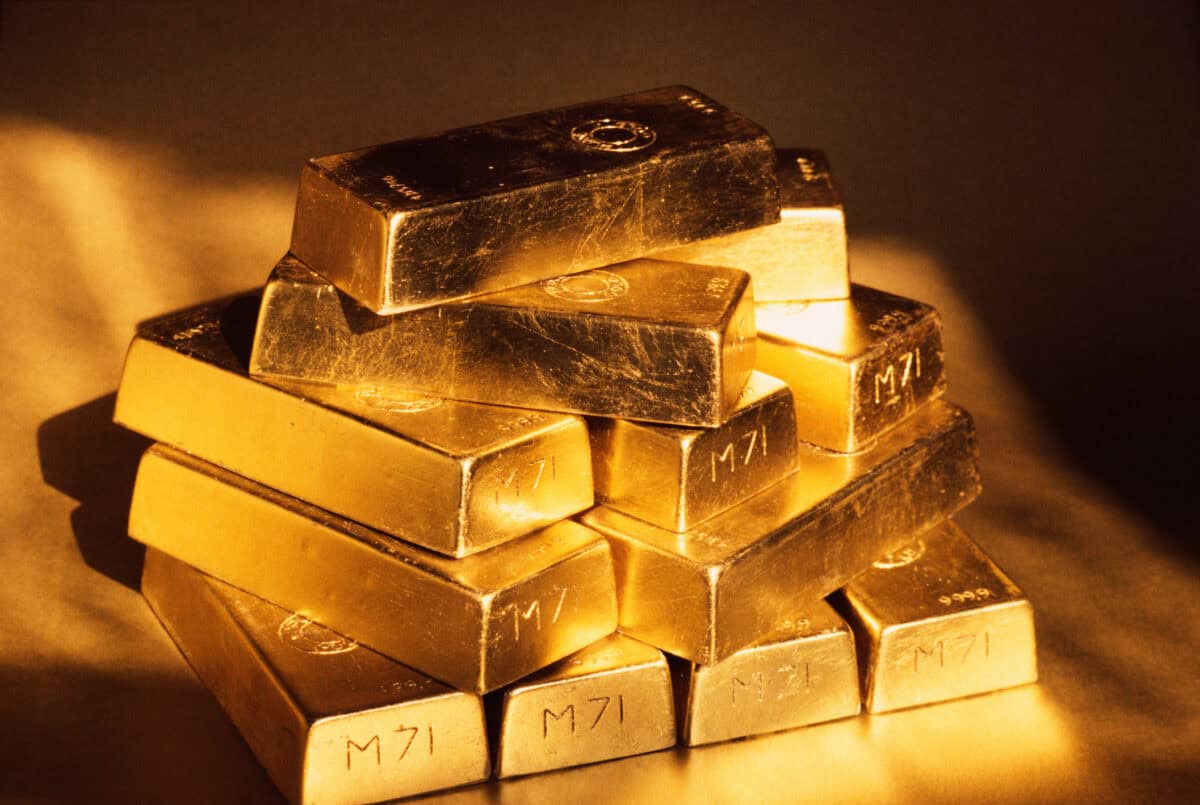With gold prices hovering near all-time highs, Canadian mining stocks have crushed broader market returns over the past year. One such TSX mining stock is Allied Gold (TSX:AAUC), which has more than doubled since October 2024.
Valued at a market cap of $3 billion, Allied Gold explores and produces mineral deposits in Africa. Its flagship project is the Sadiola gold project, an open-pit mine located in the Republic of Mali.
An international gold mining company, Allied Gold owns a diversified portfolio of long-life assets in friendly mining jurisdictions. These assets include development-stage and operating properties.
Allied Gold aims to implement operational improvements and phased expansion to increase production and reduce costs in the near term, while advancing exploration properties to boost production over time.
Let’s see why this Canadian mining stock could be the next big growth story in the upcoming decade.
The bull case for the Canadian mining stock
Allied Gold delivered mixed Q2 results as CEO Peter Marrone defended strategic decisions to prioritize long-term mine life over near-term cost performance.
The gold producer made an executive decision during the quarter to accelerate waste removal at Agbaou, adding roughly US$850 per ounce to costs at that site and impacting total production costs by US$160 to US$180 per ounce.
However, management emphasized that this stripping program will unlock approximately 4,500 additional ounces in 2025 and between 11,000 and 15,000 ounces in 2026.
Marrone acknowledged Allied Gold should have better explained the complexity of mining operations and the heavily backend-weighted production profile for 2025, with 55% of output expected in the second half.
Growth on track
July production came in line with the budget while costs improved significantly, with Agbaou running US$1,000 per ounce below second-quarter levels, Bonikro trending lower at approximately US$1,800 per ounce, and Sadiola improving by US$400 to US$500 per ounce. The company produced gold at roughly US$2,000 to US$2,100 per ounce in July, which is expected to decline further through year-end.
Allied Gold increased its exploration budget from US$20 million to US$37 million based on its healthy balance sheet and performance metrics. The expanded program targets mine life extensions at Agbaou through pit expansions and high-grade underground prospects, resource growth at Oume north of Bonikro, and inventory increases at Sadiola, including new oxide discoveries that provide operational flexibility.
Management now projects 180,000 to 200,000 ounces of production for Côte d’Ivoire operations in 2026, expecting to guide toward the higher end.
The Kurmuk project in Ethiopia remains on track for substantial mechanical completion by year-end, with power line installation in the first quarter and production starting formally in June 2026, targeting 175,000 ounces for the partial year.
At Sadiola in Mali, the Phase 1 expansion is nearing completion, while management evaluates incremental expansion options to achieve Phase 2 production levels without the full US$400 million capital requirement.
The company highlighted improved geopolitical conditions in Mali and decided against corporate transactions, instead pursuing progressive self-reliant approaches, including potential direct investment in turnkey power solutions.
Is the TSX stock undervalued?
Analysts tracking Allied Gold stock forecast revenue to increase from US$730 million in 2024 to US$2.27 billion in 2028. In this period, adjusted earnings are forecast to expand from US$0.42 per share to US$5.37 per share.
If the TSX stock is priced at 10 times forward earnings, which is relatively cheap, it could almost triple within the next four years. Analysts remain bullish and expect the Canadian mining stock to gain 38% over the next 12 months, given consensus price targets.








